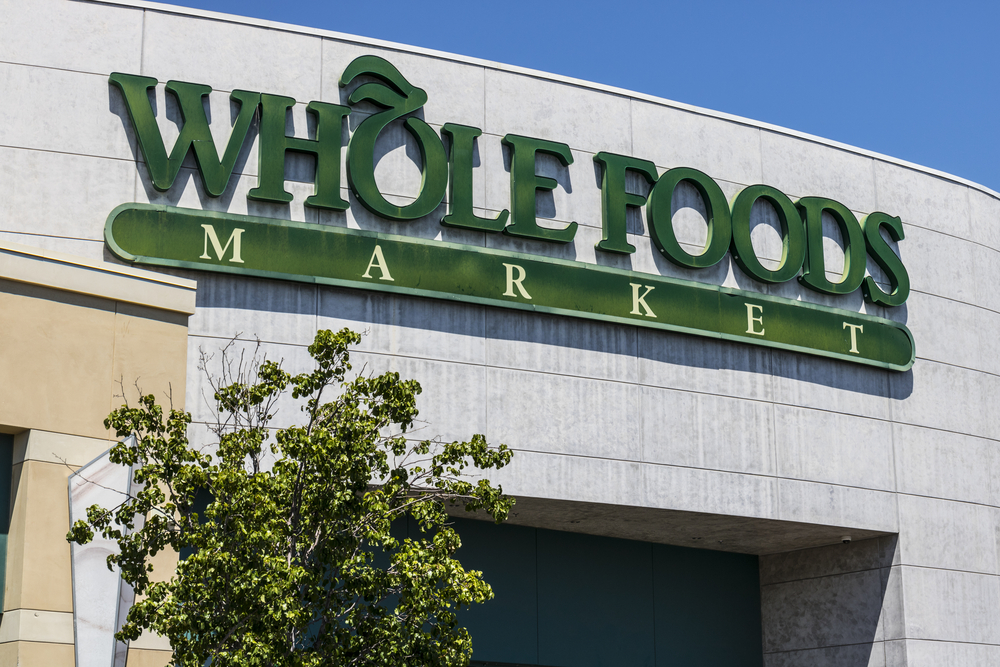
Amazon is integrating technology from Fulfil, a Khosla Ventures-backed startup, into its Whole Foods stores as part of its push for increased automation in its grocery operations. The retail giant is piloting a micro-fulfillment center at a Whole Foods in Plymouth Meeting, Pennsylvania, allowing customers to purchase items not typically stocked by the organic grocer. The system uses Fulfil’s warehouse robotics technology, which enables the retrieval of items like soy sauce, canned pineapple, and coffee pods, with robots seamlessly transferring these items to others equipped with grocery bags.
The pilot program, which was demonstrated by Amazon’s Anand Varadarajan at a recent event in Nashville, is seen as a step toward reducing the need for customers to visit multiple grocery stores. Varadarajan showed a video of robots at work, though the video did not explicitly credit Fulfil, despite its close resemblance to the company’s demo on its website. While Amazon declined to confirm its use of Fulfil’s technology, sources familiar with the project and corroborating details suggest that the collaboration is indeed in place.
Fulfil, which emerged from stealth in 2023 after raising $60 million from Eclipse Ventures, Khosla Ventures, and DCVC, previously tested its technology with California-based retailer Lucky, a partner in Amazon’s grocery delivery services. Recent job postings at Fulfil indicate expansion efforts at the Pennsylvania site, where Amazon expects the automated facility to be operational within the next year.
The new system would let shoppers order items from Amazon’s online services, such as Amazon Fresh, while simultaneously browsing Whole Foods, enhancing convenience by allowing in-store pickup of items typically not available at the grocer due to its strict ingredient standards. Whole Foods’ “No List” prevents the sale of products containing certain ingredients, such as Coca-Cola and Kellogg’s cereals, which the new technology would now make accessible.
Amazon’s grocery business has seen stagnant growth in its physical stores, including Whole Foods and Amazon Fresh, with sales increasing only in the single digits over the last seven quarters. This move to automate and expand product availability at Whole Foods represents Amazon’s efforts to address this stagnation by eliminating the extra shopping trips many Americans take each week.
Featured Image courtesy of Griffin Realty Group
Follow us for more updates on Whole Foods.
